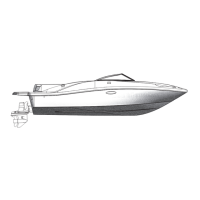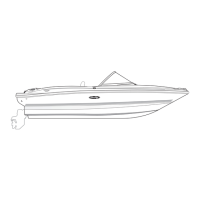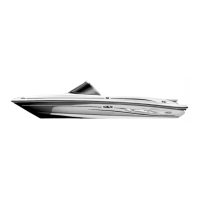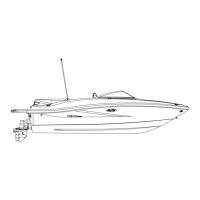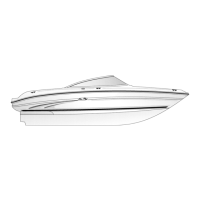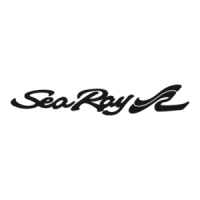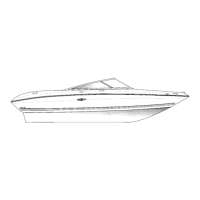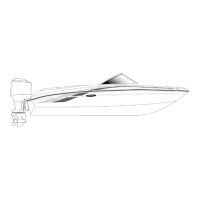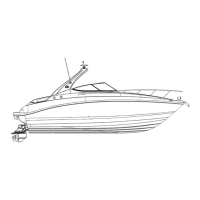Do you have a question about the Sea Ray 19 SPX and is the answer not in the manual?
Overview of the manual's content and purpose.
Owner's duties for safe operation and registration.
Explanation of hazard symbols and their meaning.
Important safety instructions to follow when operating or servicing the boat.
Resources for boating courses and information.
Services and information provided by the dealer.
Information on various warranties included with the boat.
Location and importance of the HIN for identification.
Compliance with industry standards and regulations.
Recommended procedures for maintenance and repairs.
Standards and specifications for international markets.
Details on the Sea Ray Limited Warranty.
Summary of Sea Ray's express Limited Warranty provisions.
Identifies areas for normal vs. emergency operation.
Details on domestic and international capacity information plates.
Defines four categories based on wind and sea conditions.
Identifies various safety labels and their meanings.
Explains symbols used on controls, gauges, and in the manual.
Provides key dimensions and specifications of the boat.
Identifies and shows locations of hull cutouts and their functions.
Illustrates the arrangement of gauges, instruments, and switches at the helm.
Details the switches located on the starboard side panel.
Details the switches located on the port side panel.
Identifies various components and features on the boat's deck.
Shows cleat positions and their intended use for docking.
Illustrates the layout and types of navigation and anchor lights.
Identifies components within the bilge area, including pumps and blowers.
Explains how to fill, use, and drain the livewell system.
Stresses the importance of engine maintenance and following manufacturer guidelines.
Details the fuel system, including tank, vent, and fuel recommendations.
Explains how the automatic fire system works and safety precautions.
Instructions on how to convert the port cockpit seat into a lounge.
Safety warnings related to the use of canvas enclosures and exhaust fumes.
Details the location of the stereo, speakers, and optional remote control.
Explains the 12-volt DC system, batteries, and power distribution.
Covers battery maintenance, removal, and charging recommendations.
Importance of using ignition-protected parts in the engine compartment.
How to operate the battery switch for safety and convenience.
Proper operation of the battery selector switch for dual battery systems.
How power is fed from batteries to breakers and fuse blocks.
Guidelines for replacing fuses and breakers with correct ratings.
How to use the on-board charger safely and its maintenance.
Information about the available electrical schematics for technical reference.
Detailed DC wiring schematic for the boat's electrical system.
Continuation of the DC wiring schematic, covering standard and optional configurations.
Part 3 of the DC wiring schematic, showing control station and panel connections.
Part 4 of the DC wiring schematic, detailing instrument and switch panel connections.
Part 5 of the DC wiring schematic, illustrating lighting and bilge system connections.
Part 6 of the DC wiring schematic, showing instrument connections and fuse blocks.
Part 7 of the DC wiring schematic, detailing lighting and accessory connections.
Part 8 of the DC wiring schematic, illustrating trolling motor and stereo connections.
